“If you want to make a small fortune in racing, start with a large one.” That simple statement has been attributed to numerous famous racers, and every ounce of it is true. Racing can be an addictive hobby that will drain every penny from your pocketbook if you don’t practice restraint. The sad part is that money buys speed. One way to mitigate that is what’s called spec racing. This is where everyone starts with roughly the same equipment, and the best driver and crew should win. Perhaps the most famous example of spec racing is the Formula Vee series. If the idea of racing with the VW Beetle’s main components bolted to an innovative single-seat chassis, then this 1962 Lynx B Formula Vee race car for sale on Facebook Marketplace in New Albany, Ohio may interest you. Fresh off a nut and bolt restoration, this sixties race car is ready to drive and can be yours for $14,998. Are you ready to hit the track for some open-wheel excitement? Thanks to Sam61 for the tip on this historic race car!
Take yourself back to 1959. Racing was in its heyday all over the world, and so was the Volkswagen Beetle. Hubert Brundage, the founder of Brumos Porsche in Jacksonville, Florida, decided that there had to be a better way for the average person to get into racing. He took his idea to Italian race car designer Enrico Nardi, who came up with a small, efficient open-wheel car. The basic premise would be to purchase a frame, and then attach to it components from one of the millions of Volkswagen Beetles roaming the Earth at that time. The idea was that such an approach would be simple and cheap enough that someone could afford to race and, with basic mechanical knowledge, they could work on it. The Sports Car Club of America added Formula Vee to their already extensive list of race classes in 1963 and it is still a popular class today in both vintage racing and SCCA competition. Racers such as Scott Dixson, Emerson Fitipaldi, and Niki Lauda all got their start in open-wheel racing nestled in a Formula Vee cockpit.
The car you see here is a restored example of a Lynx B Formula Vee race car. The seller tells us that this car is one of the first Lynx Bs produced, and it was purchased near the Mid-Ohio Sports Car Course. In the ad, the seller alludes to the car breaking from the common practice for race cars to have an SCCA number stamped into the frame. They further explain that the current owner of Carcal Cars in Florida confirmed the production time frame which we assume is 1962 from the ad. This goes against information on the internet that suggests Lynx Cars constructed their first Formula Vee car in 1965. That car had an “A” designation, and this variation sold poorly. With the later “B” cars, the company used rectangular steel side rails with much greater success in sales and on the track. Around 200 examples were built.
As you can see from the picture above, the statement by the seller that this car benefitted from a frame-off restoration down to the nuts and bolts is likely accurate. Given the lack of an SCCA number in the frame, it would be interesting to find out if any accident damage was uncovered during the restoration. If not, there is a good chance that this car was never raced competitively. The seller tells us that the restoration work was done with the intent of preserving the car’s history. The original Koni shocks benefitted from a complete rebuild to original specifications with the bushings being updated from the original configuration. It has been updated to race as a vintage car but has later-model hood scoops that may need to be removed to comply with those regulations. For safety, a new fuel cell from Carcal Cars has been added.
All you will need to start racing besides a helmet and firesuit is a harness and some tires. The seller is even throwing in a trailer to haul it around. Of course, anyone who purchases a car like this for racing should understand that the car is the cheapest part of the equation. By the time you throw in trick parts, fuel, entry fees, lodging, and everything else, the costs will be far higher than the $14,998 asking price. Think of purchasing this car as a gateway drug of sorts. Once you get behind the wheel for the first time, everything else in life will be secondary to the thrill of competition. If you have the means, it is not a bad way to spend every waking hour and every dime of your retirement savings. Not that this is a bad thing…
Have you ever owned a racing car? Was the thrill worth the money and effort? Please share your thoughts and experiences in the comments.
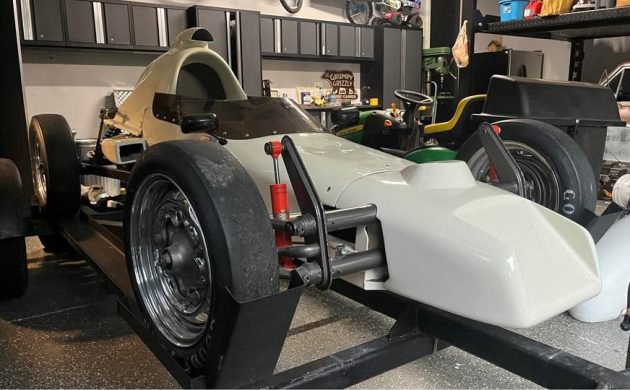
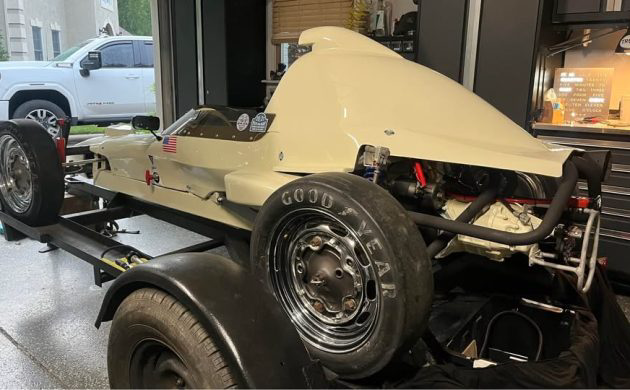
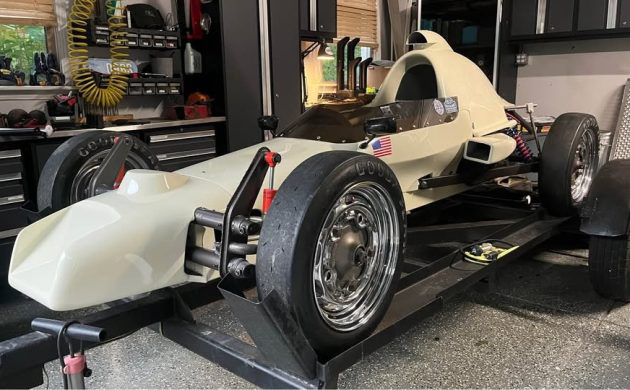
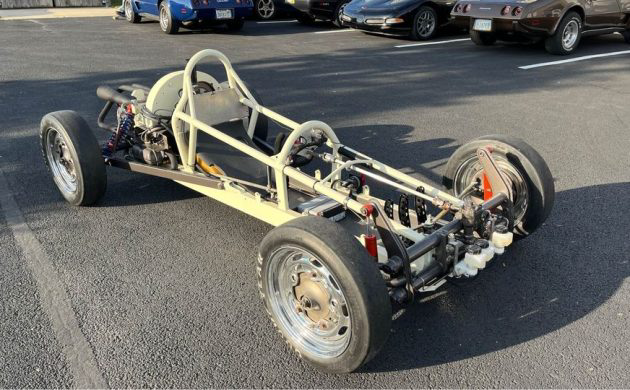
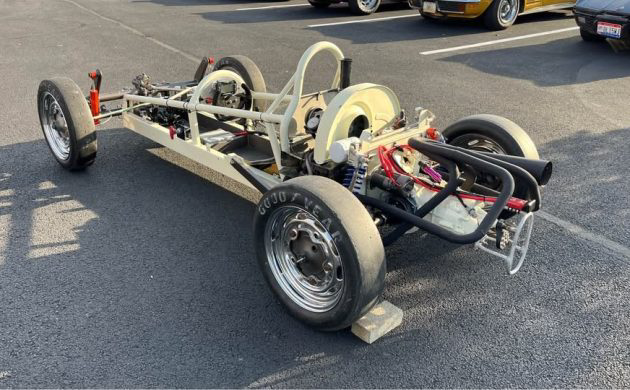


They still race these at the Portland International Raceway, usually during the Memorial Day weekend. Its a real blast to watch, and seems like a very approachable way to have fun going fast for fewer bucks!
Lynx B was introduced in 69 if I remember so this may be is a 72 – not a 62. I had a Lynx B once – I didn’t fit in it. I currently race a 68 Zink Z-5 lightweight (one of the chromoly cars). Lots more room since I’m 6″4 and have size 13 feet.
As for the Nardi – it was indeed built by Brundage but for the Formula Junior class. This put him up against Lotus 18’s and their Coventry Climax FWA powerplants, Stanguellini, OSCA, Abarth, Cooper and many other cars of the period. So to say they weren’t competitive would be an under-statement. So it was a one year deal for Brundage.
But, Brundage had an idea. Since the car was so much less expensive than one of the above entries, and he was a VW dealer, he got the idea for a “spec class” series there in Florida. In just two years it became very successful.
One of the two guys that he got to build the cars was also on the SCCA competition board and he pitched the new car/series to SCCA as a class for this Formula Volkswagen. Which was shortened to Formula Vee…or FV. The rest they say, is history.
Its a class that once you get into, its hard to get out. I’ve been driving my Zink since 1991.
I found racing well worth the money and effort! I spent 25-odd years racing a 2CV – they have a national championship here.
I think that there is Formula Vee here, but Formula Ford – whether historic or modern – has always been more popular, I think.
After I rolled my Ford Fiesta (SSC) at the Lord Ellis Hillclimb,
my friend Mace Gjerman let me drive his Lynx (I believe).
I took it relatively easy going into the corners,as I didn’t want
to write off two cars in one weekend I noticed the the car handled
better than I expected,and after getting about 1/2 way up the course,
I started pushing it,and was upset that I was just over a time of
two minutes,missing out on joining the “Under Two Minute” club.
Otherwise,I was happy with the drive,as I had never driven a Formula
car before.
The other good news was that was the year I drove the ’65 (?)
Dodge tow truck to the hill.so I had a way to get the Fiesta home.